SDF to be redeployed to accelerate Deir Ezzor offensive after capture of Raqqa
Operation Jazeera Storm, the U.S.-led Coalition-backed campaign against Islamic State in eastern Syria will accelerate after the capture of Raqqa, the spokesperson for the Syrian Democratic Forces said on Wednesday.
The offensive, spearheaded by Deir Ezzor Military Council, was launched on September 9 and is aimed at capturing ISIS-held territory east of the Euphrates along the Khabur valley and middle Euphrates river valley (MERV) to Al Bukamal and the Iraq border.
SDF spokesperson Brigadier General Talal Silo told Reuters on Wednesday, October 18 that it will redeploy forces freed up by the capture of Raqqa to the Jazeera Storm frontlines as the 1,600-strong Raqqa Internal Security Force takes responsibility for security in the city.
“Most of the military forces will head towards these areas to continue the participation in the campaign with the Deir Ezzor Military Council,” Silo said on Wednesday, October 18. “This is all to the benefit of the campaign and accelerating the end of this campaign,” he added.

Oil-rich Deir Ezzor is the only Syrian province where ISIS still holds significant territory. Syrian government and allied forces including Russia are mounting an anti-ISIS offensive west of the Euphrates river while the SDF is conducting a Coalition-backed campaign against ISIS on the east side, where the majority of Syria’s oil wells are located.
@_paulo34 @Gargaristan @GeromanAT @EmmanuelGMay
Deir ez Zor / Oct 18
Details:https://t.co/oF2HmJfePl
andhttps://t.co/D5ib6aGeWB pic.twitter.com/vMYVE0WDdi— Lucio Cienfuegos (@comcen76) October 18, 2017
After the launch of the SDF offensive, rapid initial gains near Deir Ezzor city soon slowed, notably after the Coalition Russian forces struck and injured SDF fighters north of the city on September 16. Russia denied responsibility. The SDF offensive ground to a brief halt, allowing the “ISIS Hunters” unit of the Russia-funded, trained, equipped and led Syrian Arab Army’s 5th Assault Corps to cross the Euphrates and take strategically important territory, blocking SDF access to important roads southeast.
Important questions were raised about Russia/Coalition de-confliction in the area, which led to Russian Chief of Staff General Valery Gerasimov and Chairman of the U.S. Joint Chiefs of Staff General Joseph Dunford discussing the issue, followed later by U.S. Secretary of State Rex Tillerson and Russian Foreign Minister Sergey Lavrov talking about de-confliction in New York.
The SDF then moved focus away from the Euphrates towards the Khabur valley further east, capturing oil and gas facilities on the way. Russia claimed on September 21 that its forces had been targeted by SDF mortar and rocket artillery fire and threatened to retaliate if it reoccurred.
Three days later, Russia’s most senior military officer in Syria, Lieutenant General Valeriy Asapov, died after ISIS mortars struck a Syrian regime headquarters near Deir Ezzor. The following day the SDF again blamed Russia and Syria when fighters were struck north of Deir Ezzor. The Coalition later blamed Syrian artillery for the strike.
Since then, the SDF has slowly been taking territory along the Khabur valley, readying itself to push further southeast into Syria’s richest hydrocarbon deposit, the Omar oilfields.
Meanwhile, regime and allied troops have rapidly advanced on the west bank of the Euphrates, capturing the ISIS stronghold of Mayadin.
#ISIS_Hunters recon team leader hunting deep in IS controlled territory north Al-Busayrah #Euphrates #Syria #DeirEzzor #ديرالزور pic.twitter.com/45iiheqFix
— ISIS Hunters (@ISIS_Hunters) October 16, 2017
On October 16 the ISIS Hunters again crossed the river just a few miles from the Omar oil fields, potentially cutting an important road south which could derail the long-planned Coalition operation in the MERV towards the border, where the majority of recent Coalition airstrikes have been focused.

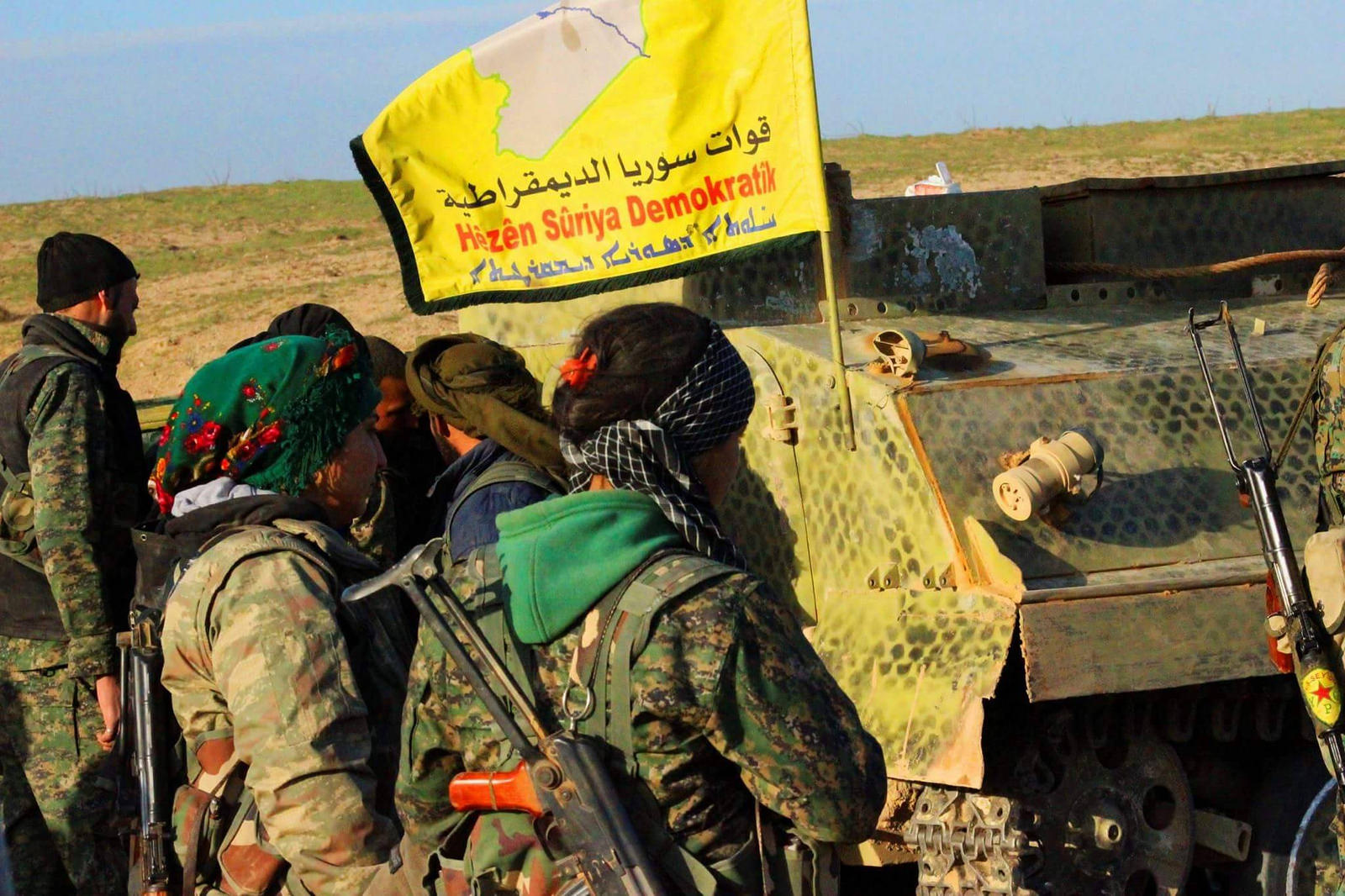


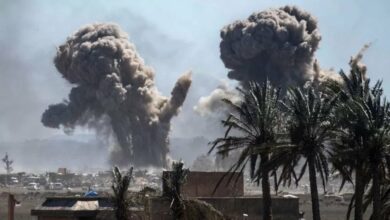

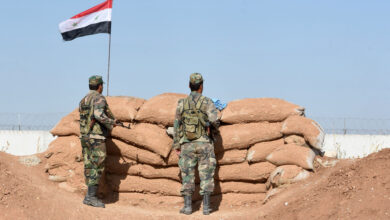
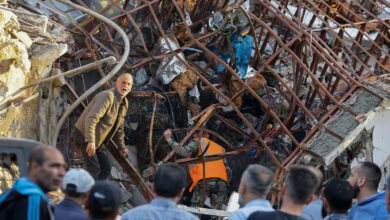

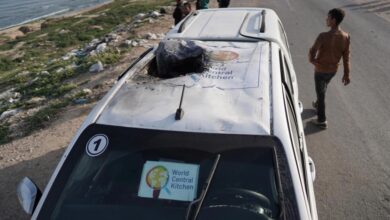
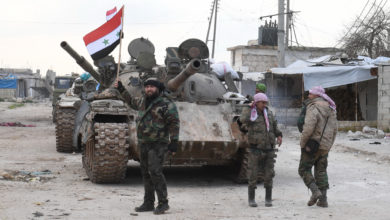

3 Comments